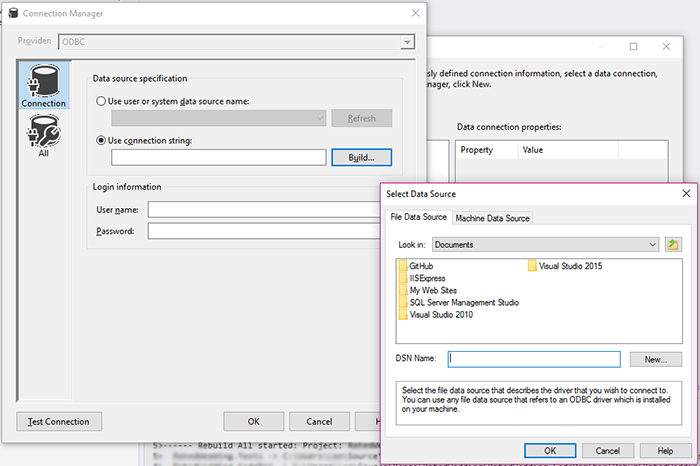

If any database object has spaces or a dot included in its name, use, as for example: bcp. With Azure, the servername is always the full path to the domain. I have included -c for not prompting for each field data type and -t, for using a comma as separator (there is not space between -t and the comma). Export dataĮxporting data is easy with the out parameter.īcp. So, here's the most common, basic syntax for exporting data from SQL Azure.īcp.

The SQL Server user must have access to the database and must be added (you could use environment variables as well).
#Azure data studio odbc how to
Basically, it knows how to import or to extract data, to query data an dot use a format file with data. Then, the bcp utility shows it's parameters.

The command line tool BCP can be downloaded from the Microsoft Command Line Utilities 13.1 for SQL Server page and installed on a Windows machine (see requirements and note that this component requires both Windows Installer 4.5 and Microsoft ODBC Driver 13.1 for SQL Server). So, here's an overview how to use BCP and SQLCMD as quickly as possible. Since the tool is handy and very fast, it's also good for running in a script (but you need to find a solution for storing the credentials.). Recently, I had the request to import local data to a SQL Azure database and BCP did the job. See a short description how to use the Microsoft Command Line Utilities with Azure SQL Database for connecting and importing and exporting data quickly. BCP, the bulk copy program utility is still around - and it's helpful! It's a long time, since I used this tool, but nowadays it got promoted for one of my daily jobs.


 0 kommentar(er)
0 kommentar(er)
